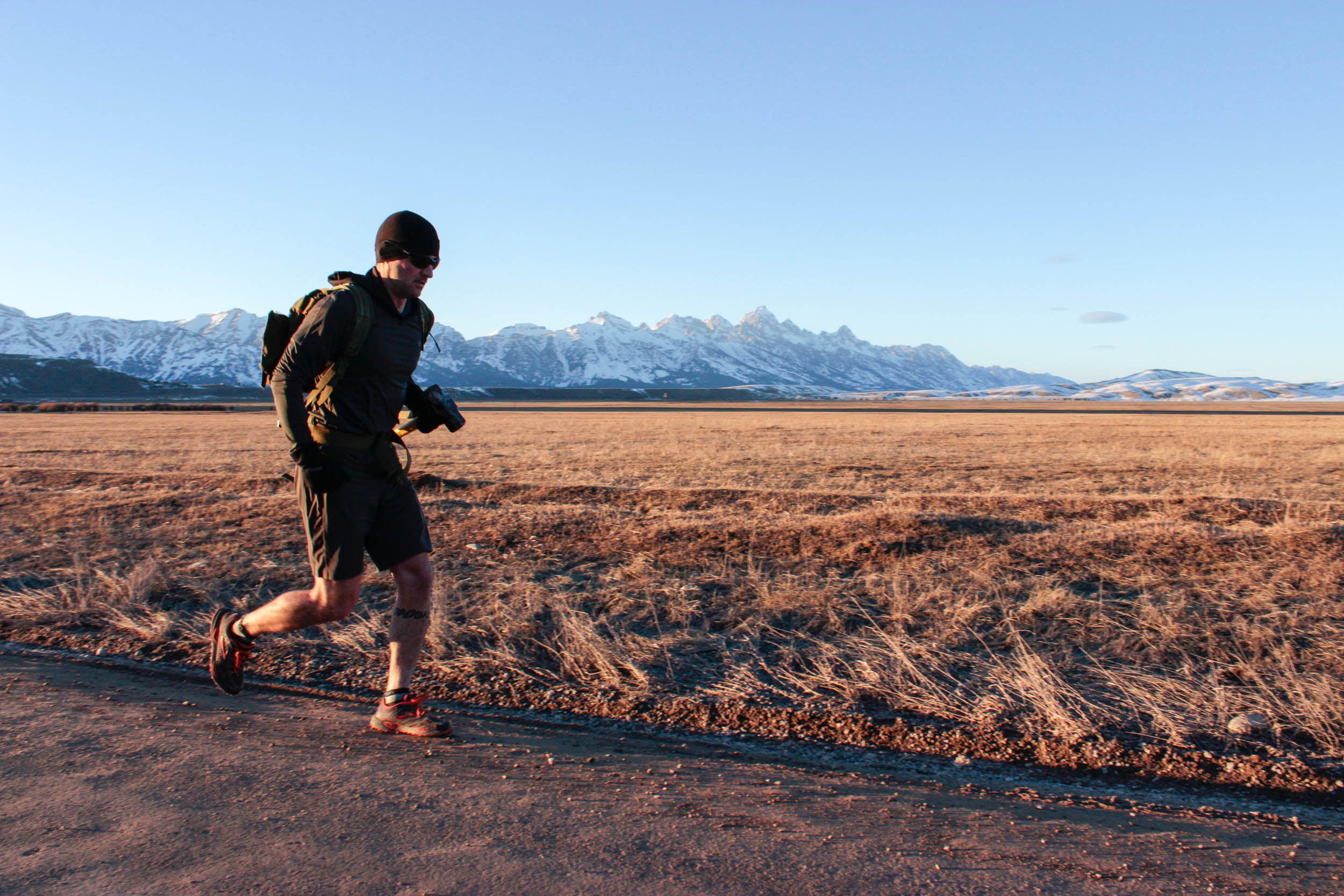By Rob Shaul
Beginning this spring, on both the Military Athlete Institute, and Mountain Athlete Institute side, we will begin a series of research studies and reports on loaded movement, or “Rucking” – in military terms. I’m calling it our “Rucking Deep Dive.”
Movement under load – i.e. wearing a pack – is a key fitness demands for all Military Athletes, and most mountain events.
Over the nearly a decade now that I’ve been working with military and mountain athletes, we’ve experimented with and programmed for loaded movement on the battlefield and in the mountains.
Recently, we began studying the affect of external loading on Lactate Threshold heart rate. This summer, we hope to continue this study, and begin several others. Here’s a list:
1) Best technique for running and walking?
What’s best in terms of durability, speed, and energy efficiency.
2) Best practice for Ruck/Pack loading?
We’re currently having our own “training ruck” designed. We know from our own miles rucking and ruck running, it’s much better to have weight high between the shoulders, than low, on the hips, yet most packs are an open space, and heavy stuff sinks low. We’re going to examine this.
3) At which load is Lactate Threshold affected for movement over ground?
We know already from our research to this point that 25# doesn’t affect LT. We want to know which load does.
4) Is time or distance more important for ruck/movement over ground training?
Classic endurance training uses both.
5) Best event nutrition for loaded movement?
We’ve been able to find any definitive research on this. We know intuitively that loaded movement has a greater strength demand than unloaded movement – and it would seem to follow that the nutritional demand would also be different. We want to find out.
6) Combat Chassis strength’s affect on rucking/movement over ground performance?
The “Combat Chassis” is the legs and core. We know rucking and loaded movement over ground takes more leg and core strength than unloaded movement – but at what point does strength reach a point of diminishing returns? Skinny, weak, endurance athletes could likely improve their rucking performance by getting stronger. Big strong guys may be over-strong to maximize rucking performance. Where is the line?
7) VO2 Max versus Combat Chassis Strength for Rucking Performance?
Similar to #6, which is most important for loaded movement over ground?
Interested in partnering with us on one or more of these studies? If so, please email rob@militaryathlete.com.
